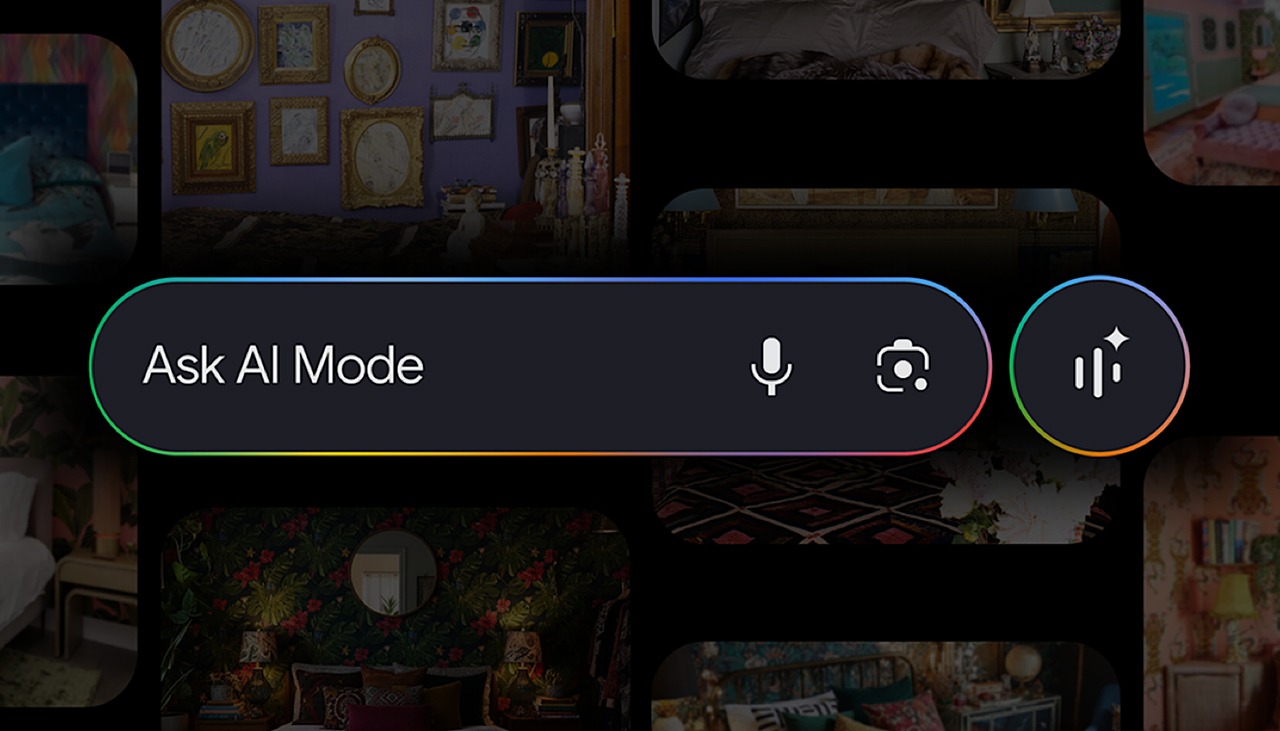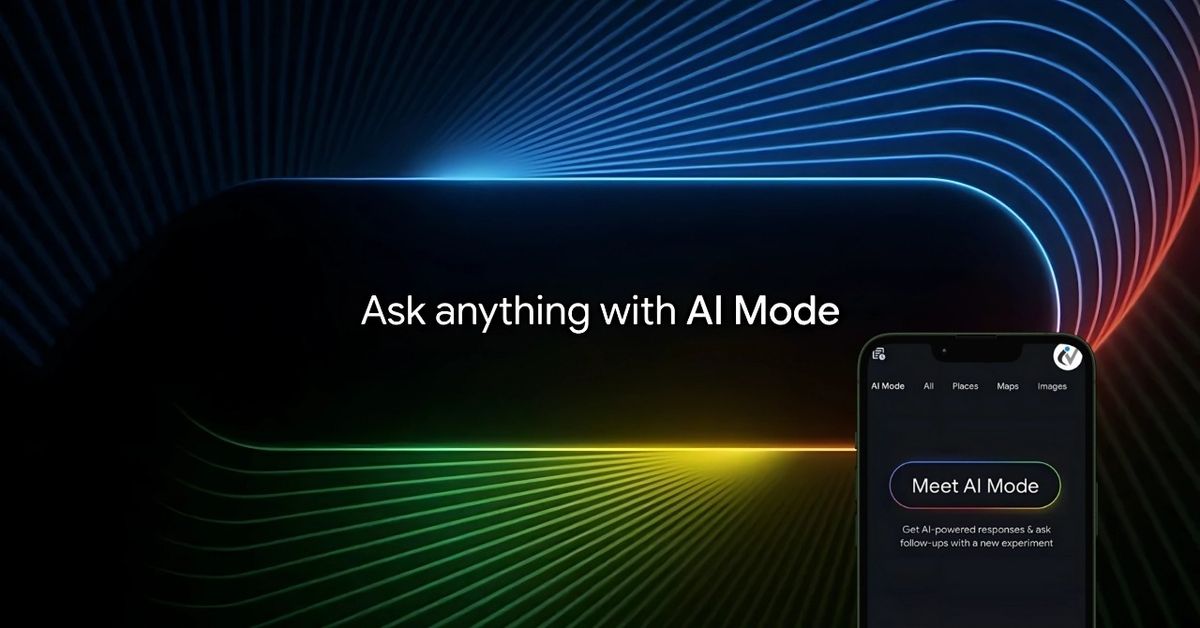
Google AI Mode Gets Visual + Conversational Image Search
What’s New: Visual + Conversational in Google AI Mode
Some highlights:
- You can start with a picture (for example, a room design you like) or a phrase, and then refine the search with follow-up questions.
- Each image result is linked back to its source, so that users can click through for more details.
- In shopping scenarios, you no longer need rigid filters like “brand / size / color.” Instead of this, you can say something like “show me barrel jeans that aren’t too baggy,” and then further narrow it (for example: “ankle length”).
- The feature is powered by Google’s advances in multimodal AI (language + image understanding) and techniques such as “visual search fan-out.”
Why This Change Matters
This update is more than a neat trick. It signals a deeper shift in how people will search and how content will be discovered. Here’s why it’s important:
Search becomes more intuitive. Many times, we see something (a style, an object) but can’t put it into precise words. Now you can show + tell, and Google will try to make sense of it.
Better alignment between images and intent. Google will try to understand visual cues and match them with user intent in a conversational context.
Higher stakes for quality visuals. If your images are clear, well-tagged and in context, then they have a better chance of being surfaced.
E-commerce gets smarter. Shoppers may not think in terms of exact filters; they might describe what they want. So, if your product feed is well-maintained, then you may benefit from it.
SEO is evolving. As search becomes more visual and conversational, relying completely on text-based ranking signals won’t be enough.
How It Works
- Google blends multimodal AI (image + text understanding) via its Gemini model and integrates it with existing capabilities like Lens and Image Search.
- The visual search fan-out method breaks down the image/context into subqueries, exploring various angles (foreground, background, parts) to grasp nuance.
- On mobile, you can zoom into parts of an image (e.g. a lamp in a room) and ask questions specific to that section.
- Personalization and prior user behavior may help Google interpret vague modifiers like “not too baggy” or “subtle print.”
- The system doesn’t necessarily distinguish between “real photos” or AI-generated images; signals like authoritativeness, source and context help ranking.
Benefits & Opportunities
- Stronger image strategies:
- Richer metadata matters:
- Conversational content pays off:
- More organic traffic potential:
- Testing & early advantage:

Challenges & Things to Watch
- The feature is limited to U.S. English at present. Many global markets haven’t seen it yet.
- Interpretation is imperfect. What you mean by “not too baggy” may not match Google’s.
- If your images are bland, low-quality or lack context, they may be ignored or penalized.
- Privacy, algorithmic biases and over-personalization may affect fairness and user trust.
- Edge cases (complex visuals, abstract ideas) may still be poorly handled.
How to Prepare & Adapt
- 1. Audit your image library
If your region has access, try searches starting with images + text on your own content and measure.
- 2. Improve metadata
- Use descriptive alt text, captions, structured schema.
- Mention style, material, usage, environment.
- 3. Write conversational product descriptions
- Use phrases people might say (not just keywords).
- Anticipate follow-up questions (“Show me more like this but …”).
- 4. Optimize your catalog and feeds
- Ensure variant attributes (color, size, prints) are clean and up to date.
- Use schema, product markup, structured data.
- 5. Test mixed-mode queries where possible
If your region has access, try searches starting with images + text on your own content and measure.
- 6. Monitor new search reports & image insights
Keep track of traffic coming via visual search paths.
Future Trends & Wider Context
- Search will become conversational-first and visual-first.
- Multimodal AI is the norm: Systems will handle text, images, perhaps even audio/video seamlessly.
- Discovery and shopping blur: What you browse and what you search may merge.
- Privacy, algorithmic biases and over-personalization may affect fairness and user trust.
- Edge cases (complex visuals, abstract ideas) may still be poorly handled.
Future Trends & Wider Context
- Search will become conversational-first and visual-first.
- Multimodal AI is the norm:
- Discovery and shopping blur:
- Larger AI ecosystems:
- Academic & technical advances :


